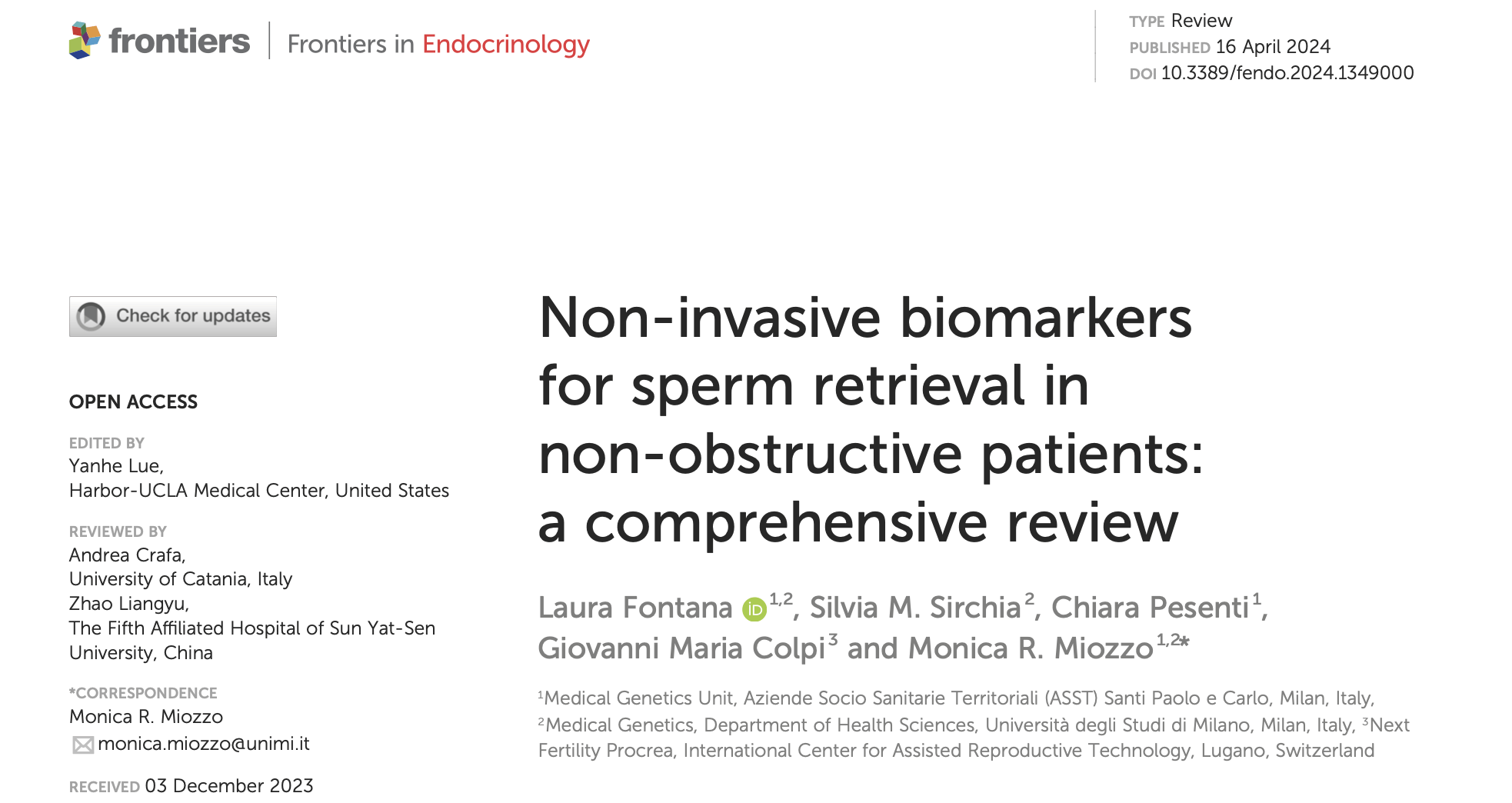Introduction to Non-Obstructive Azoospermia (NOA)
NOA Biomarker Breakthroughs. Non-obstructive azoospermia (NOA) is a leading cause of male infertility, characterized by the absence of sperm in the ejaculate due to impaired spermatogenesis. Unlike obstructive azoospermia, where physical blockages are the issue, NOA stems from genetic, hormonal, and environmental factors. It affects 1% of men and 10% of those with infertility, presenting a multifaceted challenge for diagnosis and treatment.
Traditional approaches, such as testicular sperm extraction (TESE) and micro-TESE, are invasive and yield unpredictable outcomes. The complexity of NOA has driven research toward identifying non-invasive biomarkers to predict the likelihood of successful sperm retrieval, reducing unnecessary surgeries and enhancing assisted reproductive technology (ART).
Understanding NOA: Causes and Diagnostic Challenges
The heterogeneity of NOA’s etiology complicates its management. Common causes include:
- Genetic anomalies, such as karyotype abnormalities and Y-chromosome microdeletions.
- Hormonal imbalances, involving disruptions in the hypothalamic-pituitary-gonadal axis.
- Environmental factors, like exposure to toxins and lifestyle-related issues.
While histological analysis of testicular biopsies remains the gold standard for evaluating spermatogenesis, non-invasive methods are gaining traction. These include molecular and genetic profiling, as well as advanced imaging techniques.
Emerging Non-Invasive Biomarkers
Recent studies emphasize the potential of biomarkers derived from biological fluids such as seminal plasma, urine, blood, and saliva. Key advancements include:
- Seminal Plasma Analysis
Seminal plasma offers a wealth of information about the reproductive system. It contains cell-free nucleic acids (cfDNA and cfRNA), proteins, and metabolites linked to spermatogenesis. Elevated levels of cfDNA in NOA patients indicate disrupted spermatogenesis or inflammation, making it a promising predictive marker. - Genetic Markers
Genetic defects are implicated in about 30% of NOA cases. Tools like karyotyping, next-generation sequencing (NGS), and whole-exome sequencing (WES) have improved our understanding of NOA-associated genes, such as:- TEX11, linked to meiotic arrest.
- M1AP, associated with primary testicular failure.
- TDRD9, NOA Biomarker Breakthroughs. implicated in maturation arrest.
- Proteomic Biomarkers
Proteins like TEX101 and ECM1, found in seminal plasma, have been identified as significant markers for distinguishing between NOA and obstructive azoospermia. Advances in liquid chromatography and mass spectrometry enhance their detection, though challenges like cost and accessibility persist. - Transcriptomic Insights
Transcriptomics has uncovered specific RNAs (e.g., miRNAs, lncRNAs) involved in spermatogenesis. These molecules, detectable in seminal plasma, show promise in predicting TESE outcomes. However, their clinical application requires further validation.
Integration of Multi-Omics Approaches
The convergence of genomics, transcriptomics, and proteomics is reshaping NOA research. Multi-omics approaches enable a holistic understanding of spermatogenesis and its disruptions. Seminal plasma serves as a “liquid biopsy,” offering a non-invasive window into the male reproductive system.NOA Biomarker Breakthroughs
Artificial Intelligence in NOA Diagnosis
Artificial intelligence (AI) holds transformative potential in analyzing complex datasets. Machine learning algorithms integrate clinical and molecular data, improving the accuracy of sperm retrieval predictions. Notable genes identified through AI-driven analyses include IL20RB and HILS1, which are strongly correlated with NOA.
Clinical Implications and Future Directions
The integration of non-invasive biomarkers into diagnostic and therapeutic strategies can revolutionize NOA management. Key steps include:
- Validation of biomarkers in diverse populations to ensure reliability.
- Development of cost-effective diagnostic tools for broader clinical adoption.
- Ethical considerations, including patient consent and data privacy.
While non-invasive methods show promise, their translation into routine clinical practice depends on overcoming challenges like sample variability and methodological standardization.
Conclusion
Non-invasive biomarkers for NOA represent a paradigm shift in male infertility management. By reducing reliance on invasive procedures and enhancing predictive accuracy, these biomarkers pave the way for personalized treatment strategies. The integration of AI further amplifies their potential, heralding a new era in reproductive medicine.





